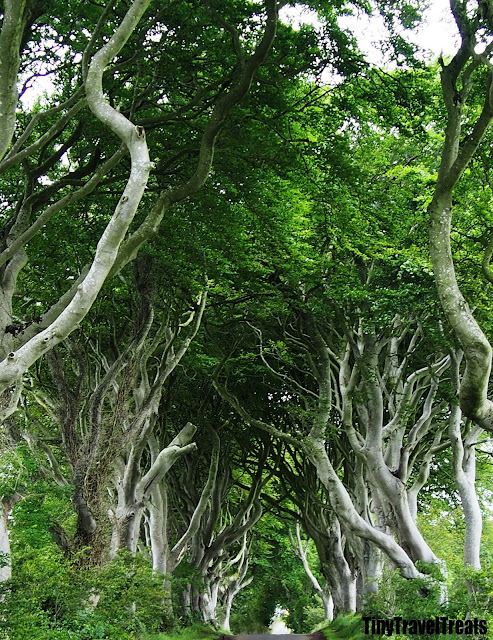Salt of the Earth
“You are the salt of
the earth. But if the salt loses its saltiness, how can it be made salty again?
It is no longer good for anything, except to be thrown out and trampled
underfoot.”
“You are the light of
the world. A town built on a hill cannot be hidden. Neither do people light a
lamp and put it under a bowl. Instead, they put it on its stand, and it gives
light to everyone in the house. In the same way, let your light shine before
others, that they may see your good deeds and glorify your Father in heaven.”
Bible Matthew 5:13-16
Salt has been among one of the most important industries
and occupied an important yet undermined role in the history of the world. One can find salt almost all around the world
today of course; however, until the arrival of the modern geology and
technology it was not possible to be aware of such information. Its production had
relied on two main techniques in obtaining the salt from the nature;
people either evaporated the salty water in suitable climates or mined the rock
where they could find a source. Therefore, salt pans and the salt mines had
great importance for the establishment of settlements and for governments who
possessed them. Today it is possible to visit some of these important natural
sources that have fed the mankind with salt for hundreds of years such as the
Wieliczka and Bochnia Royal Salt Mines. It has been mined since the 13th
century and it still continues to produce salt, though not through carving but
through evaporation, so as to protect the mine from flooding with salty water.
It not only displays how the mining had developed until the 20th century but
also reveals how the miners had lived, believed and shaped their environment
through carvings, statues, chapels and everything that were made out of salt.
It mainly gains an important part of its reputation due to these religious
carvings of the miners who had spent their lives under the ground.
As you go along with your guide explaining the site you
descend deep into the ground, walk through long and long corridors and finally
you start seeing series of chapels accompanied by carvings. Surprisingly, there
is even a stable chamber where once they kept their horses and everywhere you
look you see fine details as such developed to enable working under the ground.
The highlight of this three hours long walk of amazement is marked by the
Chapel of St. Kinga, which is the biggest among all and is usually the mostly
advertised image of the site. Every tiny detail of this dazzling marvel is
carved out of salt, so don't be surprised when you find out that even the
chandeliers are of salt crystals! Enjoy this view from the balcony. Just as
salt preserves everything good it interacts, preserve this moment of
astonishment in your mind that you experience upon stepping into this gigantic
room from a rather narrow hallway. It is
worth preserving, it is a “once in a life time”.
PS:
In For photography you need to buy a sticker with your ticket :)



Comments
Post a Comment